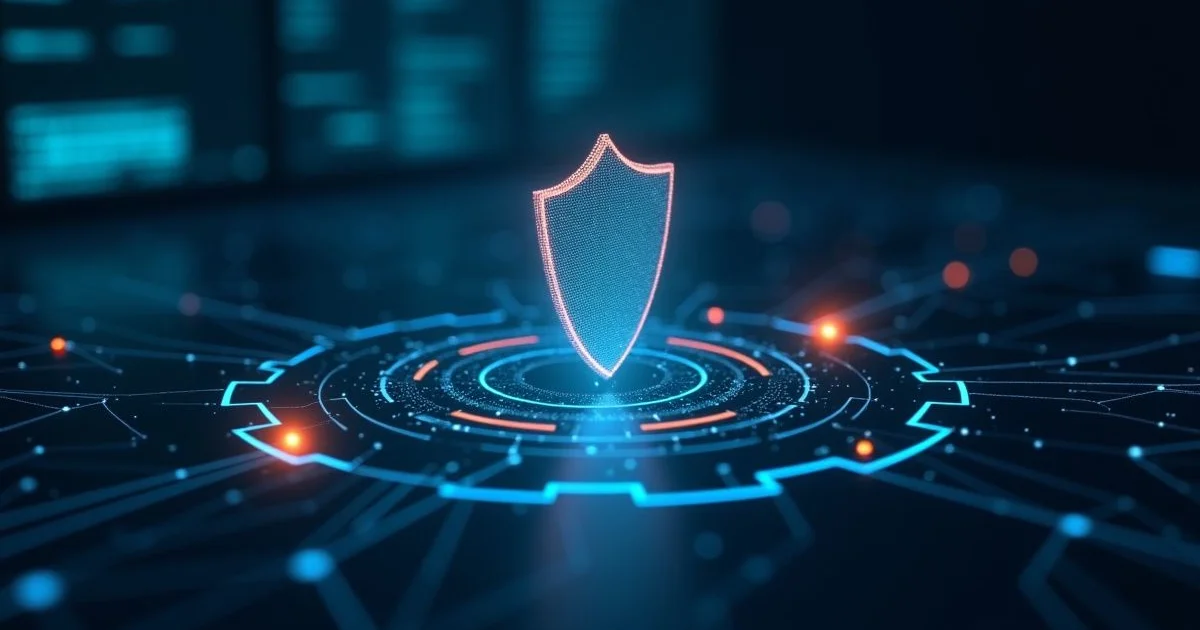Compliance Playbook: NIS2 Readiness for SaaS Providers
The EU's NIS2 directive expands cybersecurity obligations for essential and important entities starting in late 2024 and tightening through 2025. Even SaaS providers without European headquarters fall under the directive if they serve EU customers in critical sectors. This playbook helps mid-size SaaS teams build a 90-day implementation plan, align stakeholders, and document controls before regulators and customers start asking for evidence.
Why NIS2 Matters Now
- Broader scope: Digital infrastructure, managed services, cloud, and SaaS operators are explicitly covered. Regulators can impose fines up to 2 percent of global turnover.
- Management accountability: Directors face personal liability for negligence, forcing board-level attention.
- Incident reporting deadlines: Significant incidents must be notified within 24 hours (early warning) and 72 hours (incident notification), with a final report due in one month.
- Customer expectations: Enterprise deals now include NIS2 annexes. Demonstrating readiness keeps renewals on track and speeds procurement cycles.
90-Day Implementation Blueprint
Phase 1: Governance (Weeks 1 to 3)
- Appoint accountable leaders. Name a NIS2 program owner (often the CISO) and designate deputy leads for IT, product, legal, and customer success.
- Map assets and services. Document critical systems, data flows, third-party dependencies, and EU customer touchpoints. Classify what counts as essential service versus supporting infrastructure.
- Run a gap assessment. Compare current controls with Article 21 requirements (risk management, incident handling, continuity, supply chain). Score maturities and prioritize remediation.
- Engage the board. Brief directors on obligations, penalties, and oversight duties. Secure budget and confirm reporting cadence.
Phase 2: Technical Controls (Weeks 4 to 7)
- Identity security: Enforce strong authentication, privileged access management, and the zero trust measures we outline in the Zero Trust rollout blueprint.
- Logging and monitoring: Ensure centralized logging with retention aligned to regulatory expectations. Implement real-time monitoring for anomalies across infrastructure and applications.
- Incident detection: Upgrade detection capabilities (EDR, IDS, SIEM rules). Document severity triage criteria to distinguish NIS2-reportable incidents.
- Supply chain security: Inventory vendors, assess security posture, and track contractual obligations. Implement onboarding and periodic review workflows.
Phase 3: Reporting and Response (Weeks 8 to 10)
- Incident response plan refresh: Update playbooks to include NIS2 notification thresholds, escalation paths, and communication templates.
- Reporting workflows: Set up contact lists for national CSIRTs and competent authorities tied to the member states you serve. Define 24 hour, 72 hour, and one-month reporting deliverables.
- Customer communication: Create guidance for customer success teams so they know when and how to relay updates about security incidents or remediation steps.
Phase 4: Validation and Continuous Improvement (Weeks 11 to 12)
- Tabletop exercises: Simulate a critical incident affecting EU customers. Practice regulatory notifications, customer updates, and root-cause documentation.
- Documentation: Compile policies, control evidence, and risk assessments in an auditable repository (GRC platform or structured drive).
- Control testing: Validate backup restoration, business continuity plans, and contact lists. Address gaps before year-end attestations.
Control Checklist
- [ ] Documented risk management program covering identification, analysis, and mitigation of threats.
- [ ] Business continuity and disaster recovery plans tested within the last 12 months.
- [ ] Formal incident response plan with 24/72 hour reporting procedures.
- [ ] Multifactor authentication and privileged access controls enforced for critical systems.
- [ ] Vulnerability management program with defined patch SLAs.
- [ ] Supply chain due diligence process with contractual security clauses.
- [ ] Logging and monitoring covering infrastructure, applications, and third-party services.
- [ ] Awareness training for staff and leadership on NIS2 obligations.
Vendor and Partner Strategy
- Due diligence questionnaires: Ask vendors for ISO 27001 certification status, SOC 2 reports, incident response procedures, and proof of NIS2 readiness.
- Contract updates: Add security addenda describing breach notification, cooperation during incidents, and audit rights.
- Shared responsibility matrices: Publish internal documents showing who owns which control across SaaS, PaaS, and infrastructure layers.
Budget and Resource Planning
- Headcount: Plan for at least one dedicated program manager or compliance analyst, plus part-time contributions from security architects, IT, and legal.
- Tooling: Potential investments include GRC platforms, vulnerability management automation, vendor risk scoring tools, and secure communications for incident response.
- External advisors: Consider third-party gap assessments or managed detection partners to cover 24/7 monitoring requirements.
